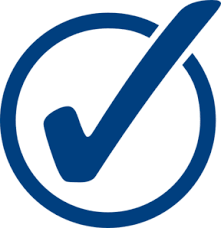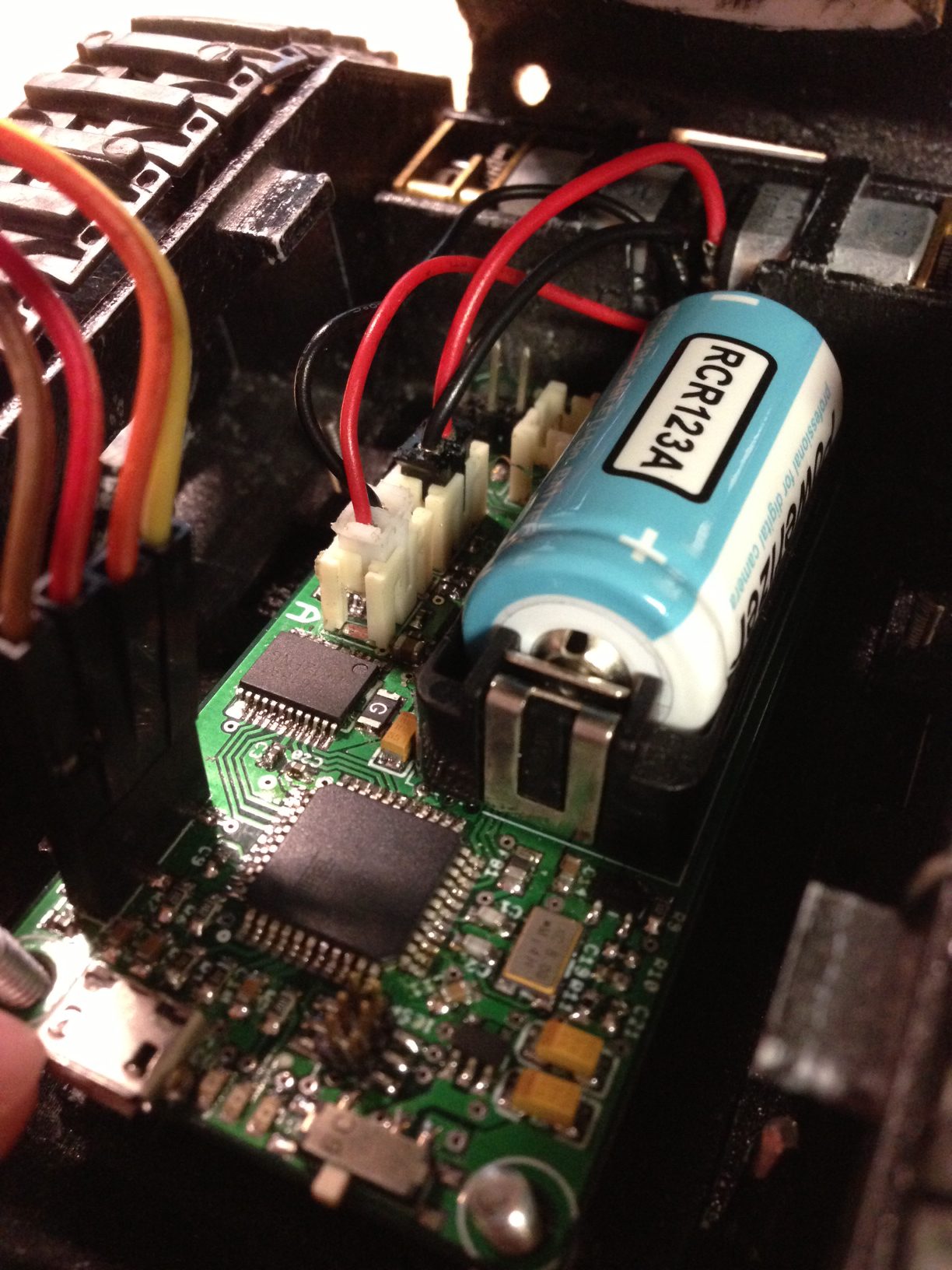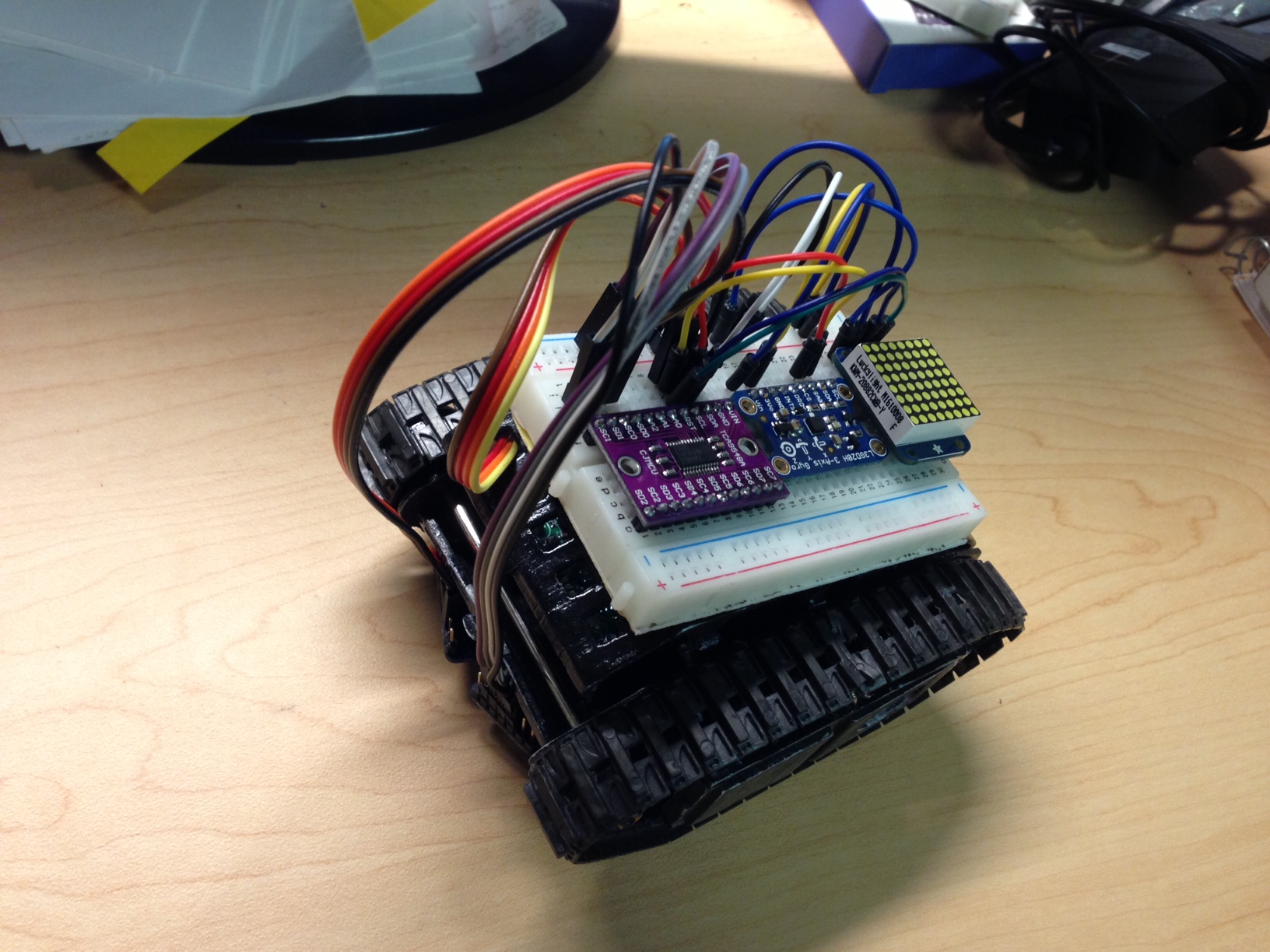1. Project Schedule – Project shall be ready by Wednesday, December 13th, 2017
2. Operational Task – The Goliath will have the functionality to be connected remotely using Arxterra
3. Toy – Elements – The Goliath will behave like a toy
4. Driving Surface – The Goliath will be able to drive on flat surfaces
5. Driving Surface – The Goliath shall traverse on cloth, paper and linoleum
6. Print Time – All modifications shall allow the Goliath to be printed under a total print time of 6 hours with no part taking longer than 2 hours









